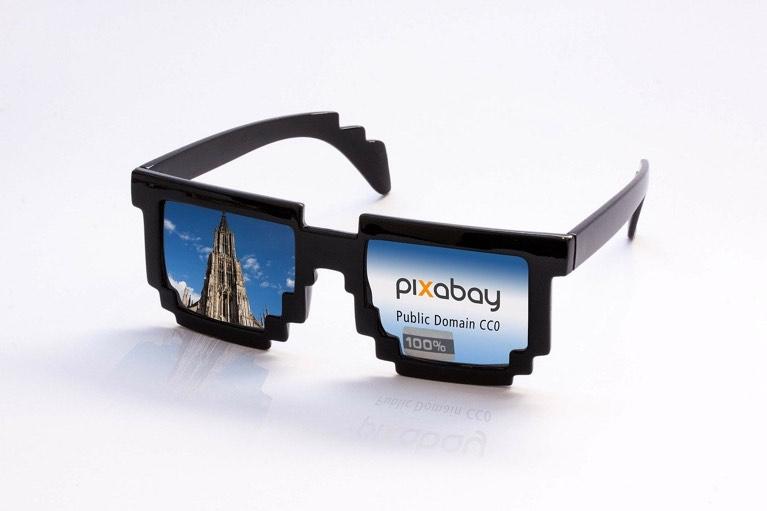How to use images on your charity’s website

How to get the most out of your images and budget and make your website a success.
While well-crafted copy and clarity of messaging are key to your website’s success, it’s true to say that your site can be massively altered by your choice of images. Larger charities or social enterprises may have sizeable budgets for photography (and video) but many smaller charities don’t have this luxury. That said there are many positive things you can do to improve your website even with restrictive funds.
Overall design considerations
If your site is being redesigned, make sure any designs presented to you are based around your existing image sets. I’ve often seen sites that looked great at the design stage because the designer had used stock photography but then these designs rapidly deteriorated when the site was built out using available imagery. So always make sure your designer uses the photographic assets that are available.
Keep it real
If at all possible, use your own images and avoid stock photography. Most viewers are very adept at reading the subtle signals in photographs - backgrounds, clothes, cosmetics, hair styles even the colour saturation in the levels in the images. It’s often pretty easy to spot an image that isn’t genuine and a rule of thumb would be to use a ‘less good’ genuine image rather than a slick photo from an image library.
When all else fails?
So rules are there to be broken and occasional use of image libraries is fine. However, I do mean occasional and I also think you need to be extremely careful about your selection. This means combing through image libraries and accepting that this will probably take you several hours. This is really quite a skilled job but if you are prepared to spend time on it you just might find the image you need. And while images these days can often be purchased fairly inexpensively, it goes without saying that you’ll also need to check the license very carefully. Another tip would be to download the smallest (and usually cheapest!) image as it’ll most likely be good enough for the web - it’s a different matter if you plan to print the image however. Also, remember there are free and legal image sharing libraries but you’ll need to double-check any images you use and probably provide an attribution.
Practical image management
Even a small organisation can soon amass a lot of images, especially through running events or fundraising. You might also encourage staff or service users to contribute. You may have a professional photographer or at the very least a staff member with a talent or interest in photography. There are two major considerations here:
- Organisation. File names can be really helpful and if at all possible try to name your images meaningfully. If you have access to image management software then this will serve you well. Otherwise, organise your images into folders and alway (always!) back up your photo collection. As you may need a lot of disk space, you will probably use either an external disk drive or cloud hosting solution. In either case, make sure your files exist in at least two locations.
- Legal. Check you have the necessary release form signed if you are using photographs of staff or clients. It is also especially important to follow a precautionary principle with clients - for example, a photographer commissioned by you may take a great photograph of a client who signs the release form. However, if subject’s back story is unknown to the photographer, it may not be in their best interest to have that photo published, regardless of the legal position.
Style
Your organisation may have a clear house style for its photography. However, if this is not the case then you can still think about your core audience, locations and values and try to take pictures that amplify who you really are and what you do. Be authentic. I think your audience (commissioners, donors or other service users) will respond better to images that enable them to recognise what you are like rather than to wow factor images that just create a mood (pity, sadness, success) even if this type of image looks fantastic.
Quality
Locally produced photos can work wonders for your website. However, that does not mean anything goes! Be selective. Only use photos that are well-lit, colourful and in good focus. Again, we are all very sophisticated at reading images and just like a typo on your website can strike a false note so too can a poorly exposed or badly cropped image.
Redesigning or just improving your existing website can be helped through following these guidelines. In this way, you can energise your site, draw attention to your key values and help site users connect with you and take action.
